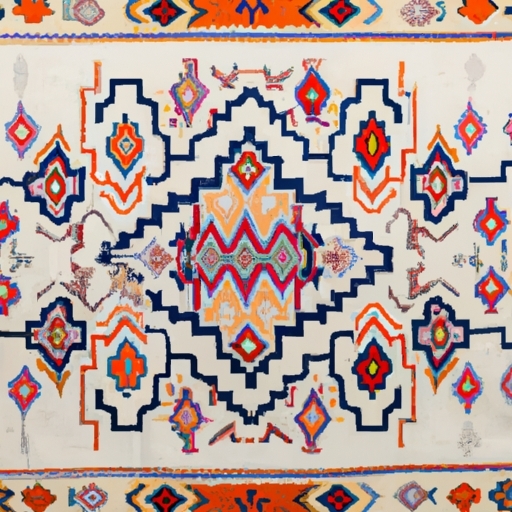
Origin and History of Shalgam Rugs
machine made vs handmade rugs
Machine-made and handmade rugs are distinctively different in their production processes. While machine-made rugs are created using automated machinery, handmade rugs require the skilled craftsmanship of artisans.
The first significant difference lies in the creation process. Machine-made rugs are produced using computerized looms that operate with precision and speed. These looms can weave intricate patterns and designs effortlessly, resulting in a consistent and uniform appearance.
In contrast, handmade rugs are meticulously crafted by skilled weavers who use traditional techniques passed down through generations. Each rug is woven by hand, knot by knot, which requires immense patience and expertise. This manual labor ensures that every rug is unique and carries the personal touch of the artisan.
Another disparity arises in the materials used. Machine-made rugs often utilize synthetic fibers such as nylon or polyester due to their cost-effectiveness and durability. These materials can be mass-produced to meet market demands efficiently.
Handmade rugs, on the other hand, predominantly employ natural materials like wool or silk. These fibers offer superior quality, softness, and longevity while also allowing for vibrant colors and intricate detailing. The careful selection of these materials contributes to the overall luxurious feel of handmade rugs.
Furthermore, when it comes to time consumption, machine-made rugs excel due to their mechanical nature. They can be produced quickly and in large quantities to meet commercial needs promptly.
Conversely, crafting a handmade rug is a time-consuming endeavor that requires dedication and skill. It can take weeks or even months to complete a single rug depending on its size and complexity. However, this extended duration allows for meticulous attention to detail resulting in an exquisite final product.
Lastly, the price range varies significantly between machine-made and handmade rugs. Due to their mass production capabilities, machine-made rugs tend to be more affordable compared to their handmade counterparts.
On the other hand, handmade rugs are considered luxury items due to their labor-intensive production processes coupled with high-quality materials used. Their uniqueness and intricate designs make them highly sought after by discerning collectors and interior enthusiasts.
In conclusion, the differences in production processes between machine-made and handmade rugs are evident. While machine-made rugs offer precision, affordability, and mass production capabilities, handmade rugs showcase skilled craftsmanship, unique designs, and luxurious materials. Both types have their merits, appealing to different consumer preferences and needs.